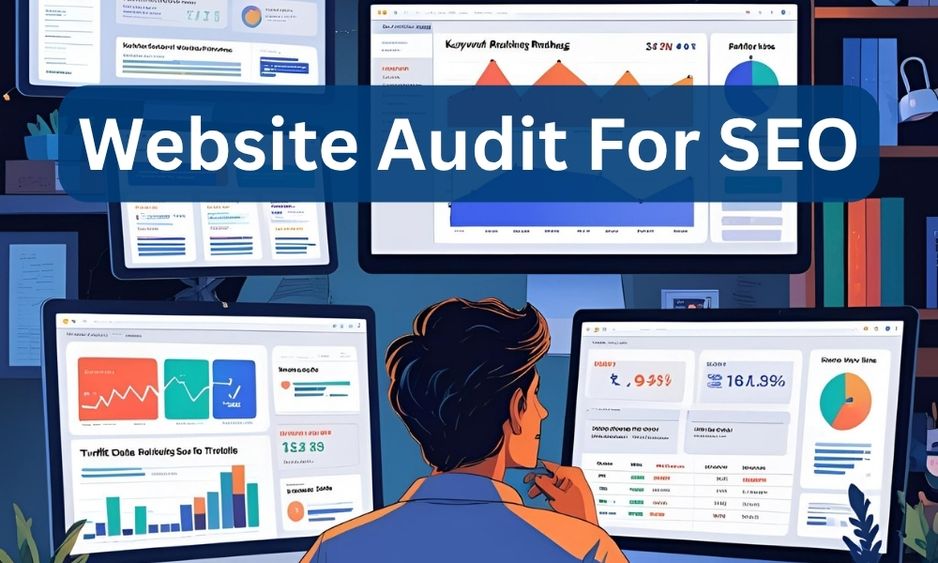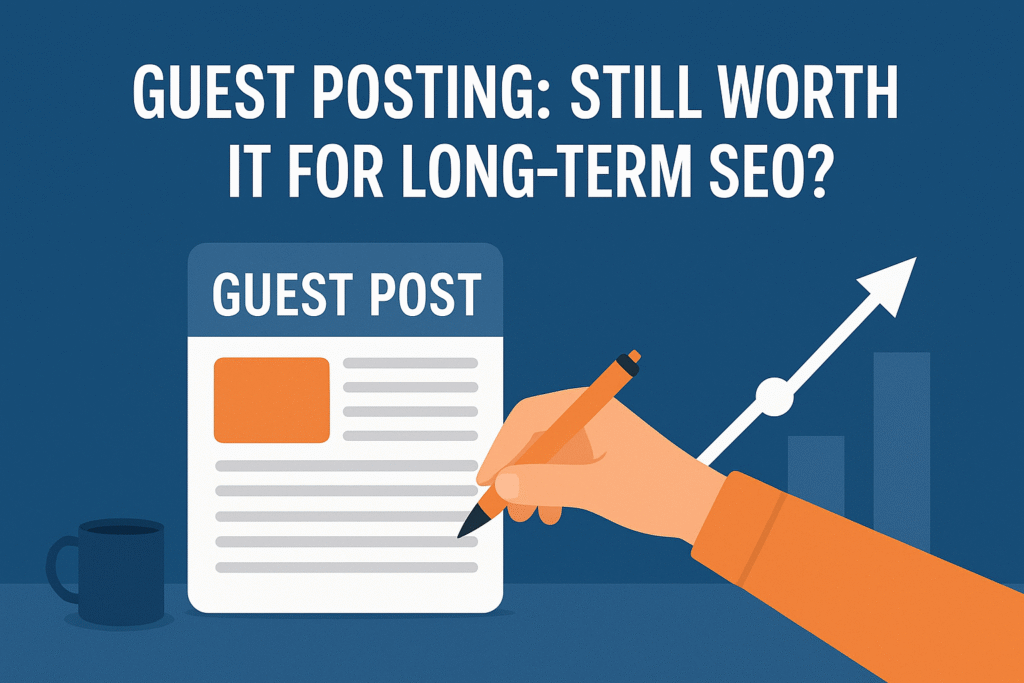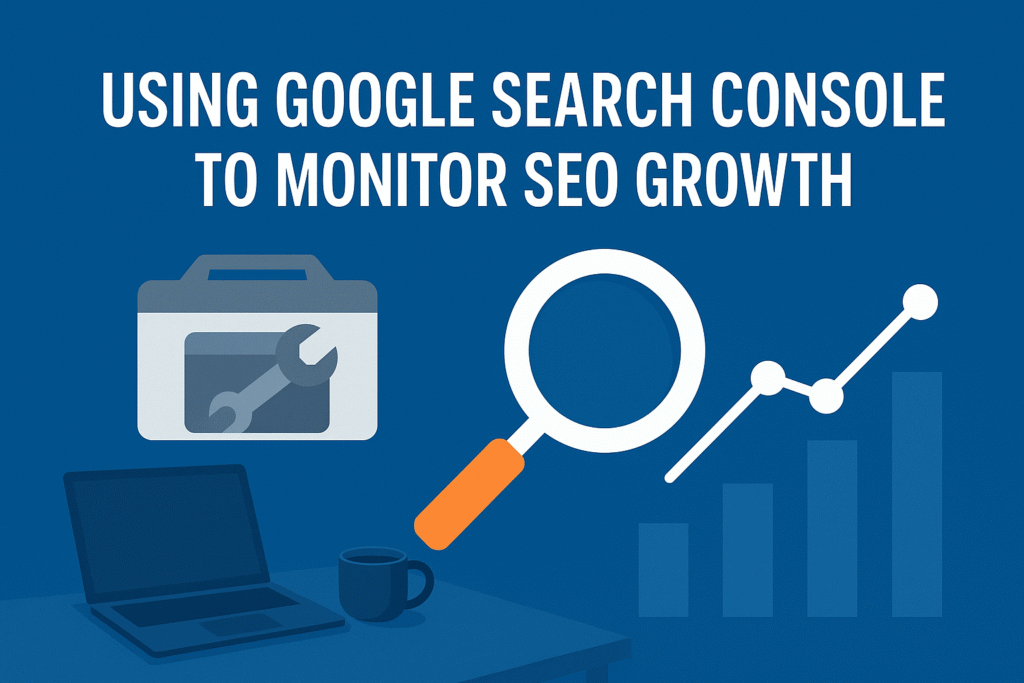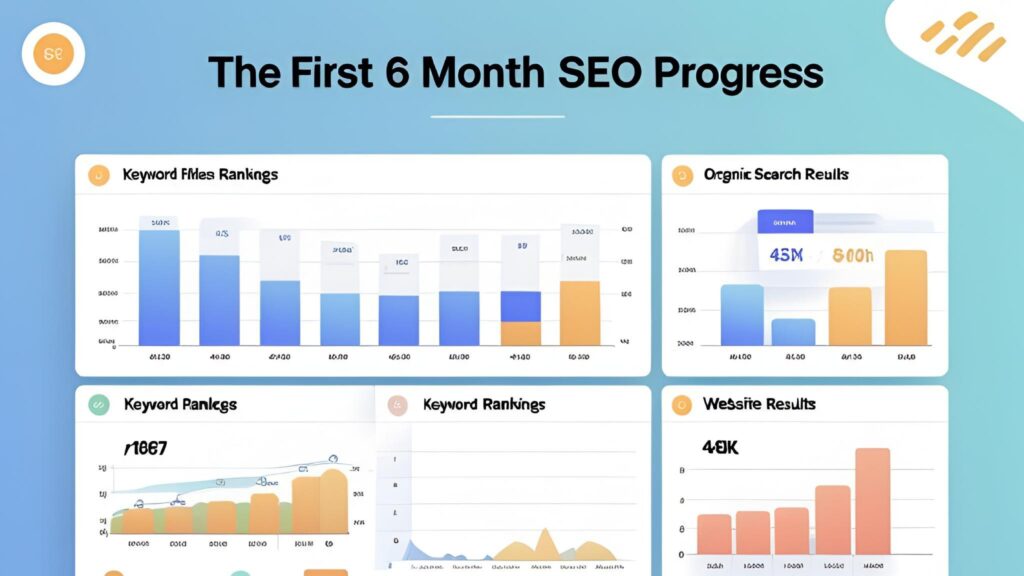How to Audit a Website for SEO in Under 2 Hours
When I first started doing SEO audits, I’d spend an entire day just going through a single website — checking everything manually and making pages of notes. Today, I can confidently audit a website for SEO in under 2 hours — and I’ll walk you through exactly how I do it. Whether I’m onboarding a new client or checking up on a large brand’s domain, I follow a clear, repeatable process using the right tools, so nothing falls through the cracks. “According to HubSpot’s 2023 State of SEO report, 61% of marketers say improving SEO and growing organic presence is their top inbound priority.” (HubSpot) Speed matters, but so does depth. Here’s how I strike that balance. Step 1: Technical Health Check (15–20 mins) Before anything else, I start with the technical foundation. Without this, no amount of content or links will help your rankings. I plug the domain into Screaming Frog SEO Spider and look for: Broken links (404 errors) Missing or duplicate title tags and meta descriptions Multiple H1s on the same page Pages blocked by robots.txt Canonical errors Then I use Google Search Console to: Check indexing status Monitor crawl errors Look for manual actions or security issues “Pro Tip: A healthy technical foundation ensures Googlebot can crawl, index, and rank your pages without friction.” Step 2: Core Web Vitals & Mobile UX (10–15 mins) Next, I check performance and usability. I run the domain through PageSpeed Insights and Lighthouse to get: Core Web Vitals scores (Largest Contentful Paint, First Input Delay, Cumulative Layout Shift) Mobile-friendliness Load speed breakdown by element “Websites that load in 1 second have a conversion rate 3x higher than those that load in 5 seconds.” (Portent) If performance is poor, I flag image compression, script optimization, and server response issues for the dev team. Step 3: On-Page SEO Review (20 mins) Now it’s time to look at how well the site is optimized for search intent. I use Ahrefs Site Audit and Yoast SEO (if it’s a WordPress site) to evaluate: Keyword targeting and placement Meta tags and structured data Internal linking strategy Header hierarchy (H1 > H2 > H3) Image alt tags “Pro Tip: Every page should target one main keyword and support 2–3 related secondary keywords.” Step 4: Content Quality & Relevance (15–20 mins) I move to content analysis. This step is part SEO and part editorial judgment. I manually check 5–10 key landing pages and blog posts to answer: Is the content up-to-date and accurate? Is it well-formatted with subheadings and visuals? Does it answer user intent better than competitors? I use Surfer SEO to compare content against top-ranking pages and identify content gaps or over-optimization issues. “47% of buyers view 3–5 pieces of content before engaging with a sales rep.” (Demand Gen Report) Step 5: Backlink Profile & Off-Page Signals (15 mins) Even a technically perfect site won’t rank without authority. I use Ahrefs, Moz, and SEMrush to: Review the number and quality of referring domains Identify toxic backlinks that might need disavowing Spot broken or lost backlinks Check anchor text distribution “Websites ranking on Page 1 of Google have an average of 3.8x more backlinks than those on Page 2.” (Backlinko) Step 6: Competitive Benchmarking (10 mins) Finally, I benchmark the site against its top 3 competitors. I compare: Domain Authority Organic traffic trends Keyword overlap Backlink volume I use Similarweb for traffic comparison and Ubersuggest for quick keyword ideas. “Pro Tip: Knowing what your competitors rank for is half the battle — reverse-engineer their strategy.” Tools I Use to Audit Websites Fast Here’s a roundup of tools that help me audit faster and more effectively: Screaming Frog: For site crawl and technical audit Google Search Console: Indexing and crawl diagnostics PageSpeed Insights: Core Web Vitals and mobile UX Ahrefs: Backlink and content analysis Surfer SEO: Content scoring Yoast SEO: WordPress on-page optimization Ubersuggest: Keyword and competitive research Notion: To document and organize the audit findings Semrush: To check site health Seobility: For detail audit, crawling and to find out on-page seo score. Final Thoughts When you learn to audit a website for SEO under pressure, time becomes your ally — not your enemy. This 2-hour audit workflow has helped me land new clients, improve rankings quickly, and build long-term strategies with clarity and confidence. “Pro Tip: Don’t audit for the sake of auditing — audit with a plan to act. Every issue should have a fix and a timeline.” If you want my full SEO audit checklist, or you’re ready for a professional review of your own site, check out my full SEO audit process where I break everything down in even more detail. Read More: How I Handle Duplicate Content on Large Sites Guest Posting: Still Worth It for Long-Term SEO? Using Google Search Console to Monitor SEO Growth
How to Audit a Website for SEO in Under 2 Hours Read More »










